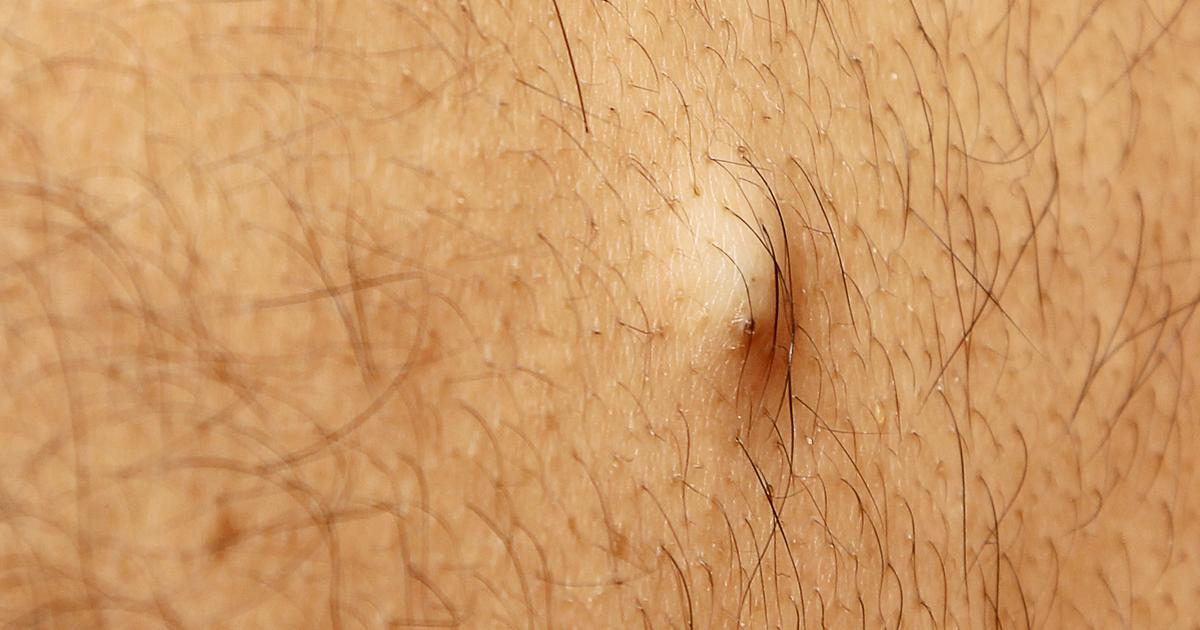Guide To The Common Types Of Cysts
If you're suffering from cysts, understanding which treatments to use and where to find them is vital.
Cysts are pockets of tissue that resemble sacs. They can occur in nearly any part of the body or underneath the skin. A typical cyst will be comprised of a membrane that houses air, fluid, pus, or another substance. Many different kinds of cysts exist. The majority of cysts are noncancerous, otherwise known as benign, and not all cysts need treatment. Whether or not a cyst needs to be medically treated will vary depending on if it's infected, causing discomfort or pain, where it's located, and what type it is. A dermatologist is the main doctor who can diagnose and treat cysts on the skin. Patients can often determine what type of cyst they have by comparing different kinds of cysts through descriptions and images.
These are some of the most common types.
Sebaceous Cyst

A sebaceous cyst is a common type of benign cyst found on the skin. Most sebaceous cysts are located on the chest, neck, or face. They aren't life-threatening, and they tend to have slow growth cycles. If sebaceous cysts continue to grow unchecked, they might lead to discomfort. Sebaceous cysts are formed from the sebaceous gland, which is the gland that produces the oils in the skin and hair. If the gland or duct through which the gland releases oil becomes blocked or damaged, a cyst can develop. The most common cause of a blocked or damaged gland is an injury. Some traumas might be so small that individuals barely notice them, like a scratch, and others might be ongoing skin conditions like acne. Surgical wounds also might cause trauma to the sebaceous gland that leads to a cyst. Some individuals might not notice the growth of the cyst until weeks or months after the trauma occurs. Other common causes of this type of cyst include a deformed or misshapen duct, and some individuals might develop them due to certain genetic conditions.
Keep reading for more information on the different types of cysts now.